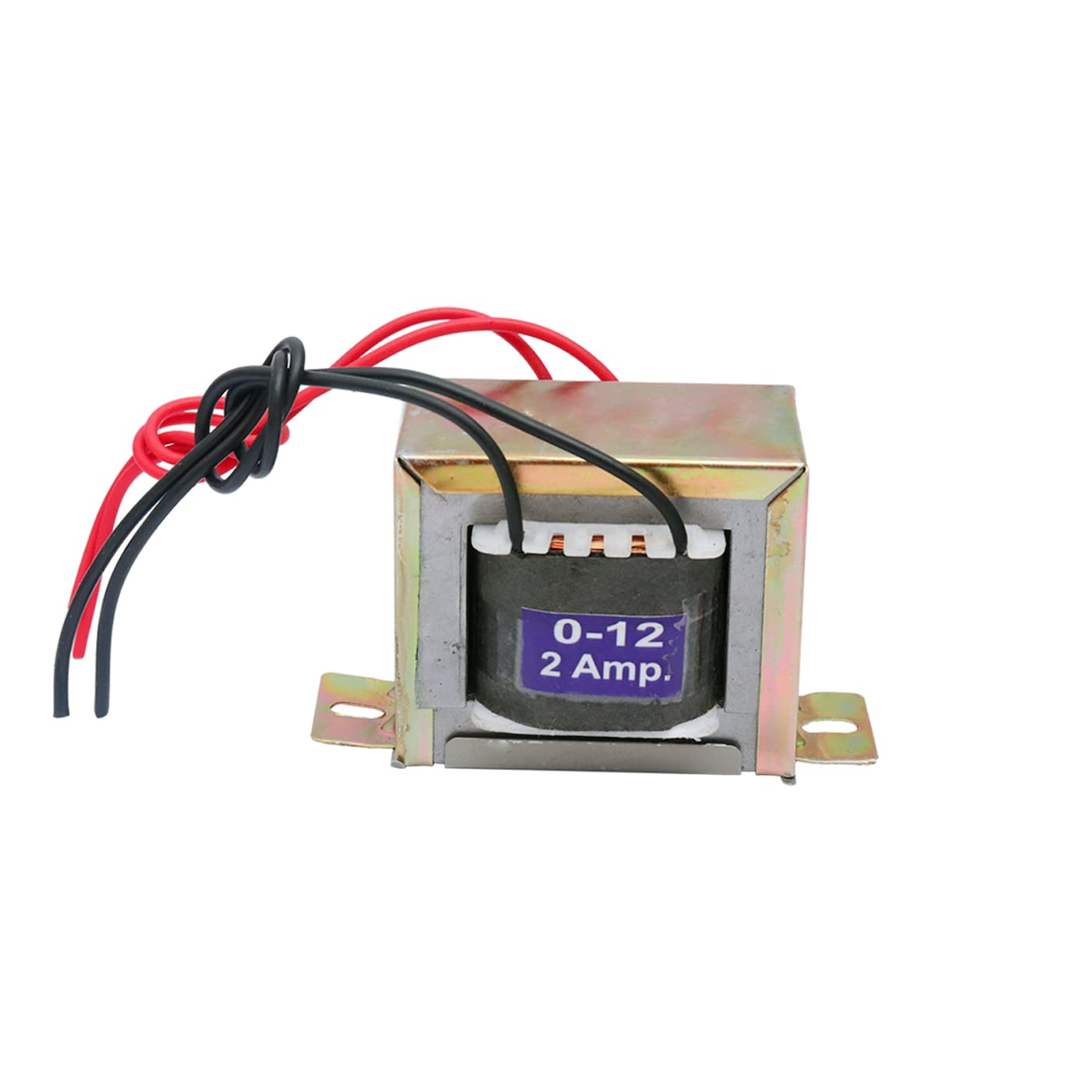Current transformers (CTs) play a crucial role in electrical power systems, enabling accurate measurement and protection against overcurrents. Understanding the basic principles of current transformers is essential for engineers, technicians, and anyone involved in the field of electrical engineering. In this comprehensive guide, we will delve into the intricate workings of current transformers, exploring their fundamental principles, applications, and key considerations.
- The Concept of Current Transformers:
Current transformers are devices that step down high currents to measurable levels, ensuring safe and accurate monitoring. They consist of a primary winding, where the current to be measured flows, and a secondary winding connected to the measuring instrument. The core principle revolves around Faraday's law of electromagnetic induction, where a changing current in the primary winding induces a proportional current in the secondary winding. - Accuracy and Burden:
Achieving accurate measurements is a critical aspect of current transformers. We will explore the factors influencing accuracy, such as turns ratio, core material, and magnetic saturation. Additionally, we will discuss the concept of burden, which refers to the impedance presented to the secondary winding, affecting the accuracy and performance of the current transformer. - Core Saturation and Remanence:
Core saturation is a phenomenon that occurs when the magnetic flux density reaches its maximum limit, leading to distorted output waveforms and inaccurate measurements. We will delve into the causes and consequences of core saturation, as well as techniques to mitigate its effects. Furthermore, we will discuss remanence, which refers to the residual magnetic flux in the core after the primary current has been removed. - Protection and Safety:
Current transformers are vital components in protective relaying systems, ensuring the safety of electrical equipment and personnel. We will explore the role of current transformers in fault detection, relay coordination, and ground fault protection. Additionally, we will discuss the importance of proper installation, maintenance, and testing procedures to ensure reliable and safe operation. - Applications and Industry-specific Considerations:
Current transformers find applications in various industries, including power generation, transmission, distribution, and industrial processes. We will explore the specific considerations for different applications, such as high-voltage systems, renewable energy integration, and smart grid technologies. Understanding these industry-specific nuances is crucial for engineers and professionals working in these domains.
Conclusion:
Current transformers are indispensable devices in electrical power systems, facilitating accurate current measurement and protection. By grasping the core principles of current transformers, engineers and technicians can ensure reliable and safe operation of electrical systems. This comprehensive guide has provided a deep insight into the intricate workings of current transformers, covering their fundamental principles, applications, and key considerations. Armed with this knowledge, professionals can make informed decisions and contribute to the advancement of the electrical engineering field.


